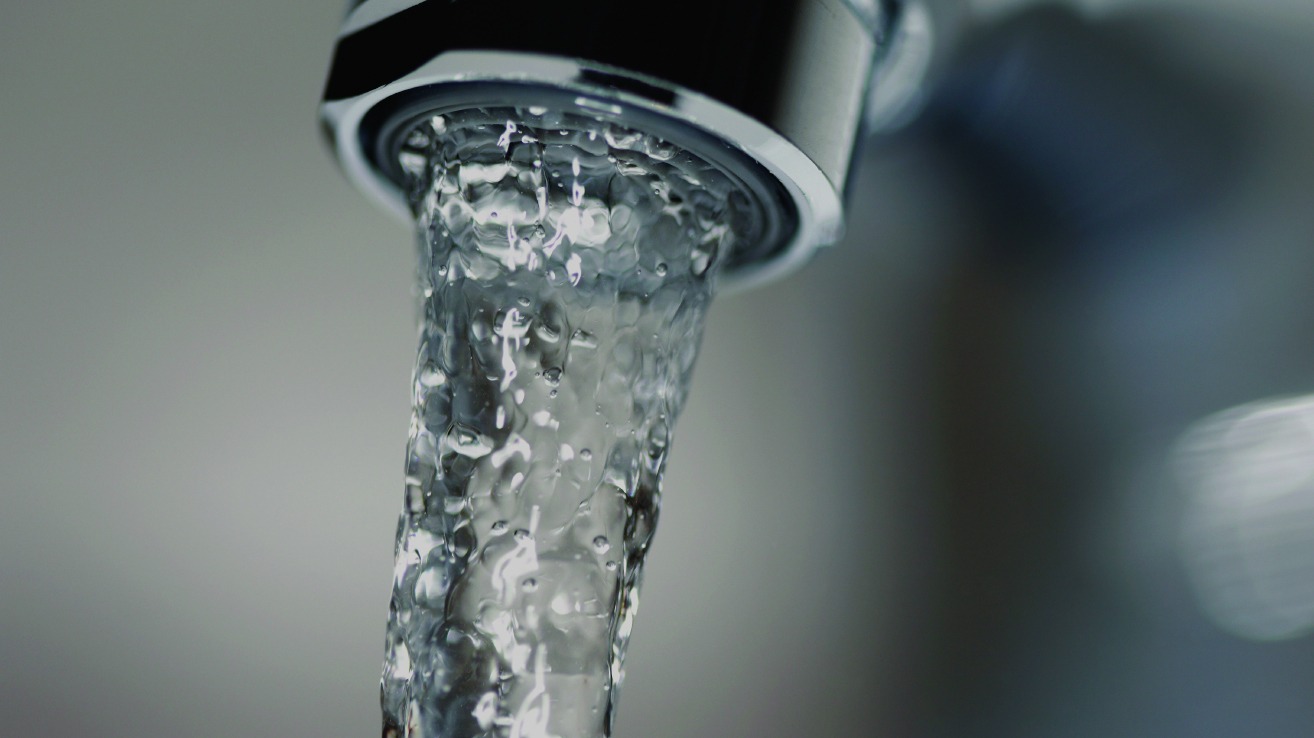Faucet flow control is about limiting the water going through your faucet. This can be useful if you want to conserve water or if you want to save money on your water bill.
Faucet flow control devices limit the amount of water flowing through a faucet. Flow control devices may be built into faucets, installed as replacements, or purchased separately. There are many different types of flow control devices available today, and they are common in commercial buildings and homes alike.
Flow control in commercial lavatories
Commercial faucets must have flow control devices installed for them to qualify as “water-efficient” under the LEED certification system. Flow control is a feature on commercial faucets that helps reduce water waste by restricting the flow rate at which water comes out of the tap.
EPA WaterSense and other regulations limit the flow rate in lavatory faucets
The EPA WaterSense program is a resource for the general public and businesses. Its goal is to encourage water conservation in commercial facilities, focusing on offices, schools, and homes. The program provides free water efficiency kits for office buildings and educational resources for homeowners.
The EPA recommends using faucet flow control devices on lavatory faucets—those used by employees at sinks and other wash stations—to reduce waste from hand washing activities. These devices are beneficial in facilities that frequently use sink areas, such as schools or retail stores.
Lavatory faucets need some flow control to reduce water used per minute
A flow control device is a small unit installed on a faucet’s water supplies. These devices allow you to reduce the water used per minute, which is mandatory in some states. Flow control devices are also a popular green building design feature, as they help conserve water and other resources while reducing utility bills. There may be laws requiring these devices on all faucets, so you must check with your local building department before installing one yourself.
If you’re looking for LEED certification or other sustainability requirements for your commercial facility or office space, flow control devices are an excellent choice for conserving energy and saving money over time. They reduce water usage without affecting performance quality, decreasing comfort levels for users.
Flow control in schools and hospitals
Smart faucet flow control devices reduce water flow when hands are not present. In other words, they limit the water used at any given time.
You can install flow control devices in schools, hospitals, and government facilities. The current trend toward energy conservation also means that hotels must install these devices so that guests don’t waste too much water while taking showers or doing laundry.
Flow control devices, like flow restrictors and aerators, reduce water consumption by limiting the amount of water that flows from the faucet per minute while maintaining proper pressure and temperature. They also help prevent wasteful situations such as oversized showers or running toilets due to poorly designed plumbing systems or leaking pipes within buildings.
AG Ion
AG Ion is a flow control device that reduces the water flow through it. It’s used to keep water free of contamination and can sanitize the water that passes through it with silver ions. These are niche devices common in healthcare facilities, such as hospitals, and other areas that require infection control.
Spray patterns
The spray pattern is the way in which water comes out of a faucet. Different spray patterns are used for different purposes.
Laminar spray patterns
A smooth stream of water characterizes a laminar spray pattern. The other main characterization of laminar flow is that it is not aerated, meaning no air is introduced into the stream. This is the reason why it’s smooth. When you turn on the faucet, only a tiny amount of water flows out at first.
Aerated spray patterns
Aerated means air is introduced into the water stream. They can take on different patterns with the most common being soft flow. Aerated streams give the impression that there is more water coming out than what is actually being dispensed.
Built for conservation
Faucet manufacturers have many options for adding flow control devices to their products. That’s because most faucets are designed with water conservation in mind, nonetheless you must choose products that excel in performance and reliability.
But don’t worry about that! If you’re building a new commercial facility or home or renovating an existing one, we’ve got a handy guide on choosing the right faucet for your needs.
Conclusion
If you are looking for a new faucet for your commercial building, you can now choose from various styles and designs that include flow control devices. These devices are mandatory in many parts of the country, but they can also help make your building more eco-friendly by reducing water use. If you’re ready to make an environmentally conscious design choice with your next faucet purchase, check out our selection today!

